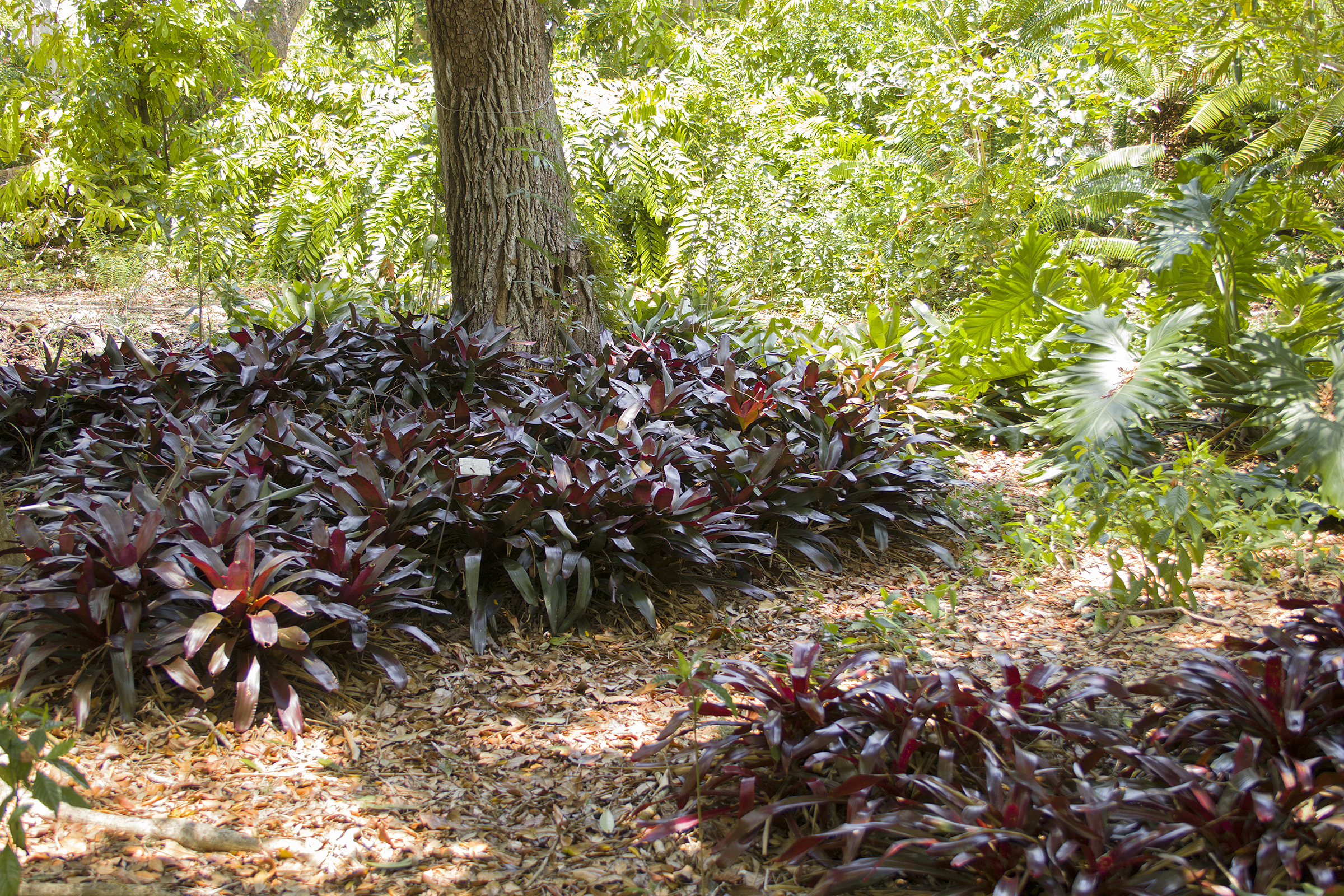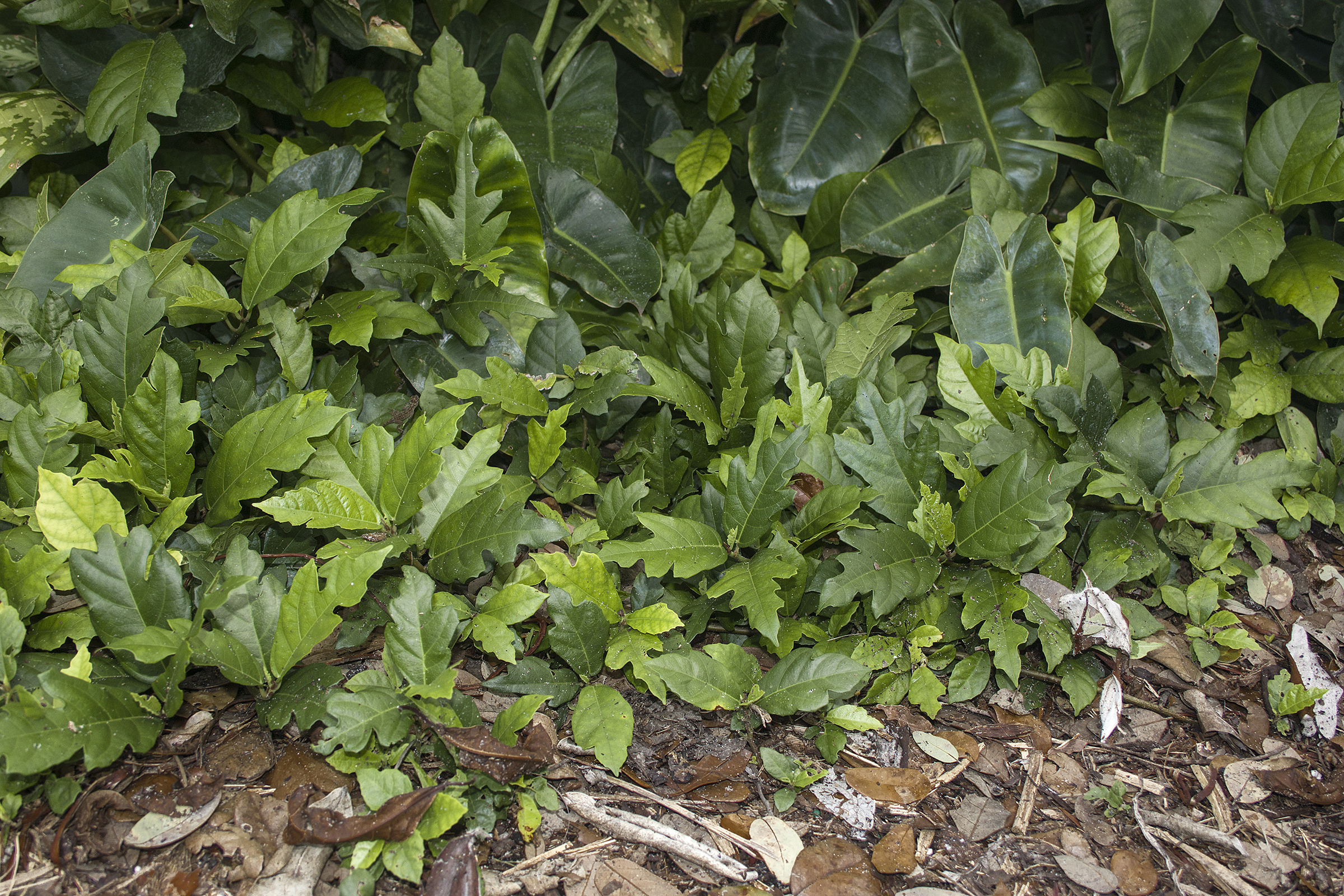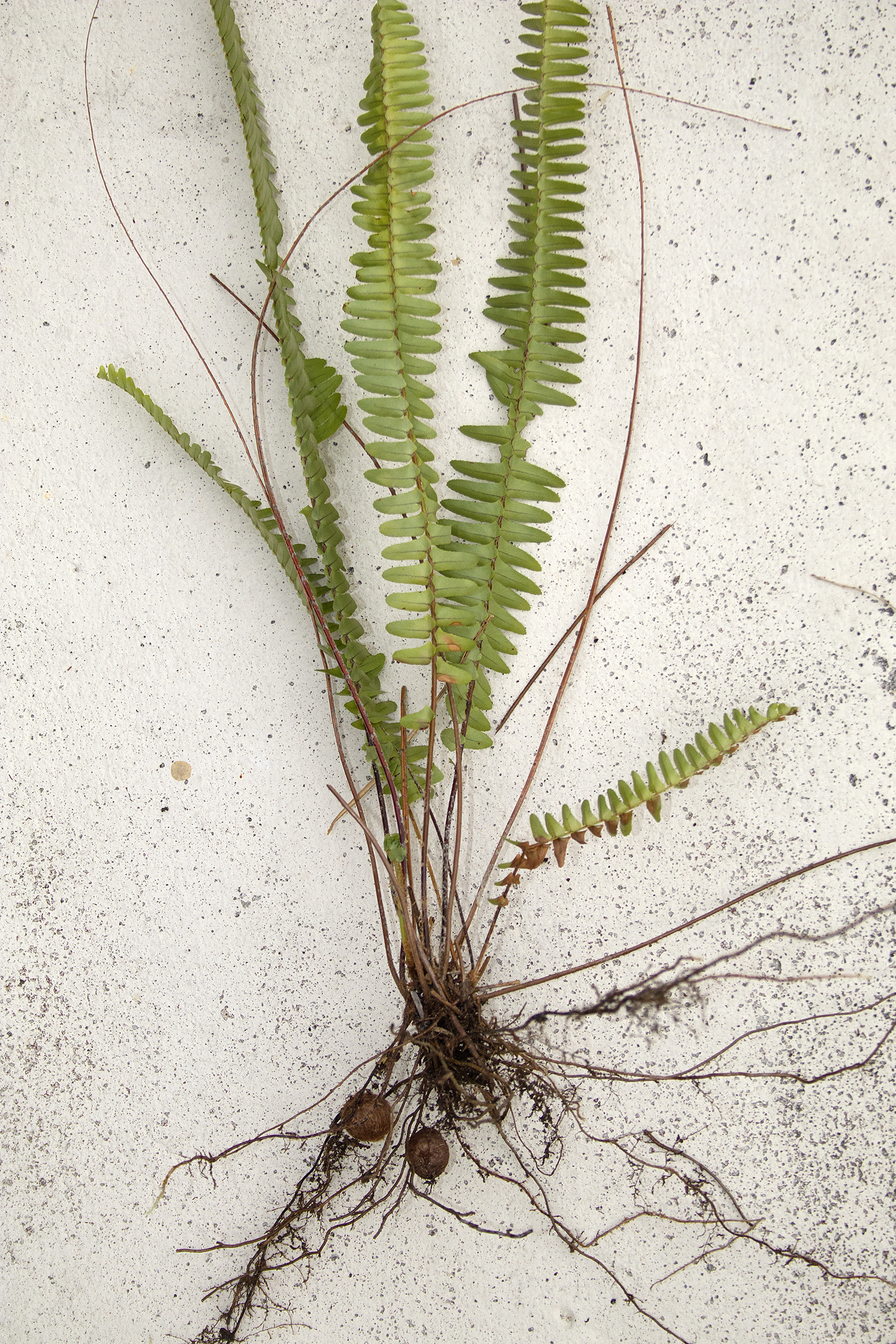Home store plants to avoid

BY KENNETH SETZER
Fairchild Tropical Botanic Garden
As published in the Miami Herald, April 26, 2018
They’re impossible to avoid and hard to resist, but not all plants sold in big box stores are good for us. Here are some to avoid and why.
Norfolk pine
Billed as mini Christmas trees, these are conifers, but not true pines. Norfolk Island or Cook pines (Araucaria heterophylla and A. columnaris) are what you will find for sale, likely the latter. They are gorgeous plants with an ancient lineage, but these little plants can reach a towering 60-plus feet in a few years. After the holidays, they make a sad sight piled in the “sale” section covered in glitter, and are tempting to plant lovers, but your sympathy will wane when the tree looms over your house and its roots are tearing asunder your plumbing.

Norfolk pine can become a monster tree.
Snake plants (Sansevieria sp.)
These African succulents are ever popular because they are so tough. It is this toughness that makes them aggressive and invasive. While they will flower and produce seed, they spread easily via underground rhizomes. Sansevieria hyacinthoides is listed as a Category II invasive plant by the Florida Exotic Pest Plant Council. They will quickly create a monoculture and commandeer large sections of your garden, not to mention the damage they do to wild areas.
A similar snakeplant (Sansevieria trifasciata) may not be invasive, but I’m wary, because many home store plants are mislabeled. If you want a snake plant, keep it as a houseplant. Outdoors, even in pots, they are known to break through barriers with their creeping rhizomes.

Snake plants and oyster plants vie for space with natives.
Oyster plant/boatlily (Tradescantia spathacea)
Talk about bringing sand to the beach! Were these really for sale, or just weeds along for the ride? No, I have certainly seen these for sale, which is really funny because no inch of soil—or porous rock for that matter—is free of oyster plants for long. These are indeed striking with purple and green foliage, but have invaded wild areas. Best kept outside only in cooler areas where it won’t spread, or as a houseplant. But buy one? Just look in your yard.
Mexican petunia (Ruellia simplex) like many troublesome plants, was introduced because it’s easy to grow and spreads readily. But these qualities are dangerous, and allow a plant to become a nuisance. The native Ruellia caroliniensis is a better alternative, if you can find it for sale.
Umbrella tree (Schefflera actinophylla) from Australia and environs is another fast grower that flowers and fruits profusely. It’s a beautiful plant, but invasive in Central and South Florida, Hawaii, and possibly Puerto Rico. The related Schefflera arboricola is a dwarf version that supposedly is less likely to fruit in such profusion and poses less of an invasive threat.

An invasive Schefflera, aka umbrella tree
Lantana (Lantana camara) flowers in clusters of pink, yellow and white blooms and they feed many insect friends. However this Lantana is insistent to say the least. It displaces and may interbreed with the native buttonsage, L. involucrata. L. camara pushes out natives, gets weedy, and grows leggy with woody stems. Cut to the ground it will regrow and spread. The native Lantana is harder to find, the white flowers are not as showy, but it’s worth it.
Swordfern (Nephrolepis cordifolia), and Asian swordfern (N. brownii), are two sneaky invasive ferns; they appear similar to each other and to two native ferns, N. exaltata and N. biserrata. N. cordifolia has underground tubers and If you pull the plant, you’ll see the tubers as golden brown globes about the size of a dime. This plant will smother everything around it by creating an impenetrable cover to about two feet high. The tubers survive in the soil, so the fern can reappear.

Invasive swordfern with tubers towards bottom
Other troublemakers found for sale may include Chinese privet (Ligustrum sinense) and Japanese honeysuckle (Lonicera japonica).
The only non-invasives I suggest avoiding are certain succulents that just cannot tolerate our humidity, like the oh-so-tempting succulents called “living stones” in the Lithops genus. I’m sure there’s someone out there who can prove me wrong, but these plants, at least in my experience, rot in about two weeks of Florida wetness. This should be no surprise; they’re adapted to life in arid South Africa, not sultry Miami. I know it hurts, but pass these by and save heartbreak and money, unless you can provide them significant sun without the heavy rain.
